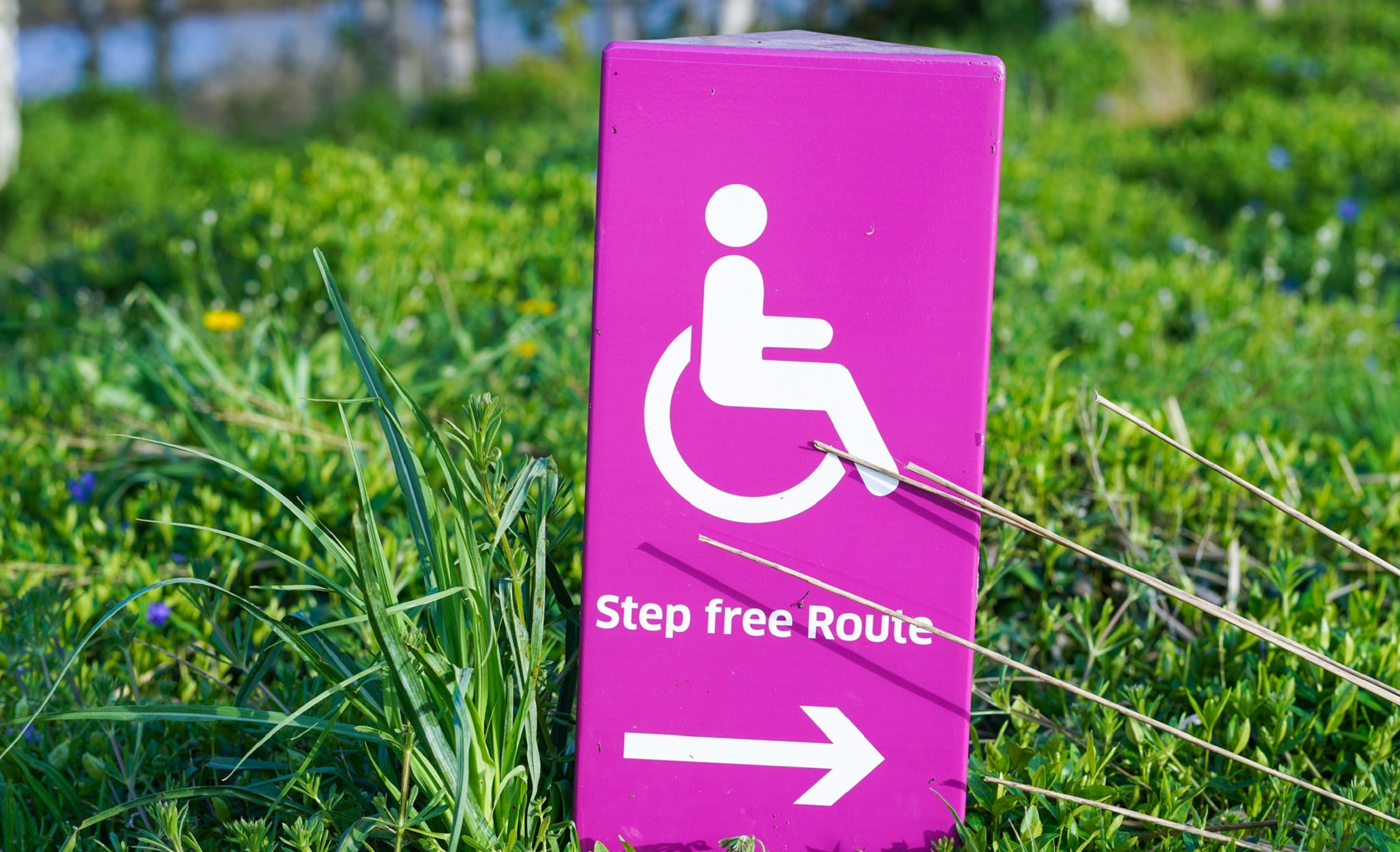
To be successful in the open marketplace, disability providers need to differentiate themselves. This means clearly communicating the value they bring to individuals, families and communities.
While most established disability service providers have systems in place to report on outputs, “throughputs” and customer satisfaction levels, few are able to articulate how all these numbers align to tell a larger story of impact. Even fewer are able to use these stories to move people to come work with them, pay for their services or fund their work.
Whether you are starting to plan for impact reporting or well on your way (we know that these are few and far between), here are four issues to think about when developing and rolling out your impact measurement systems.
Impact measurement is only as rigorous as those collecting the data.
Critical to the success of any impact reporting is the engagement of those tasked with recording and providing information. Simply mandating data collection or tying reporting to KPIs does not guarantee quality data, particularly in a highly casualised workforce, like the one in the disability sector. You need to consider how to motivate your workforce to provide data and resource this effectively.
A participatory approach to the development of measurement frameworks and tools is critical to effective implementation.
This means understanding the environment in which staff work, their day to day pressures, motivations and routines as well as existing tools and processes which can be leveraged or augmented for easy data collection. Integrating impact reporting requirements into existing routines helps to strengthen the quality of data. Involving employees in the design of measurement systems also creates an army of champions that will support the roll-out of any new impact measurement system.
Technology needs to be underpinned by the why.
There are new digital platforms like MiSO being developed to support the disability sector to more effectively report on outcomes. More sophisticated organisations are also building bespoke CRM and data collection systems to support their work, providing them with an agile, responsive and visually stimulating reporting mechanism. We can use these tools to tell visual stories, track journeys in new ways. None of these tools replace the need for a clear impact measurement framework, ideally supported by a theory of change that outlines what information needs to be collected and why. This impact framework should initially align to existing data tools, whether they be spreadsheets, surveys or journals. These tools can be replaced over time by new technology but the why provides the scaffolding and is integral to engaging employees, clients, families and funders.
Communicate.
We believe that our role as impact reporting consultants is only half-finished if we don’t support organisations to use the findings to inform program improvements, influence stakeholders, engage customers and employees. Communicating impact helps to create the behaviour change that is required to move the world for good. This is particularly true for the increasingly competitive disability marketplace, where there is a large and growing casual workforce, high turnover and many associated quality risks.

